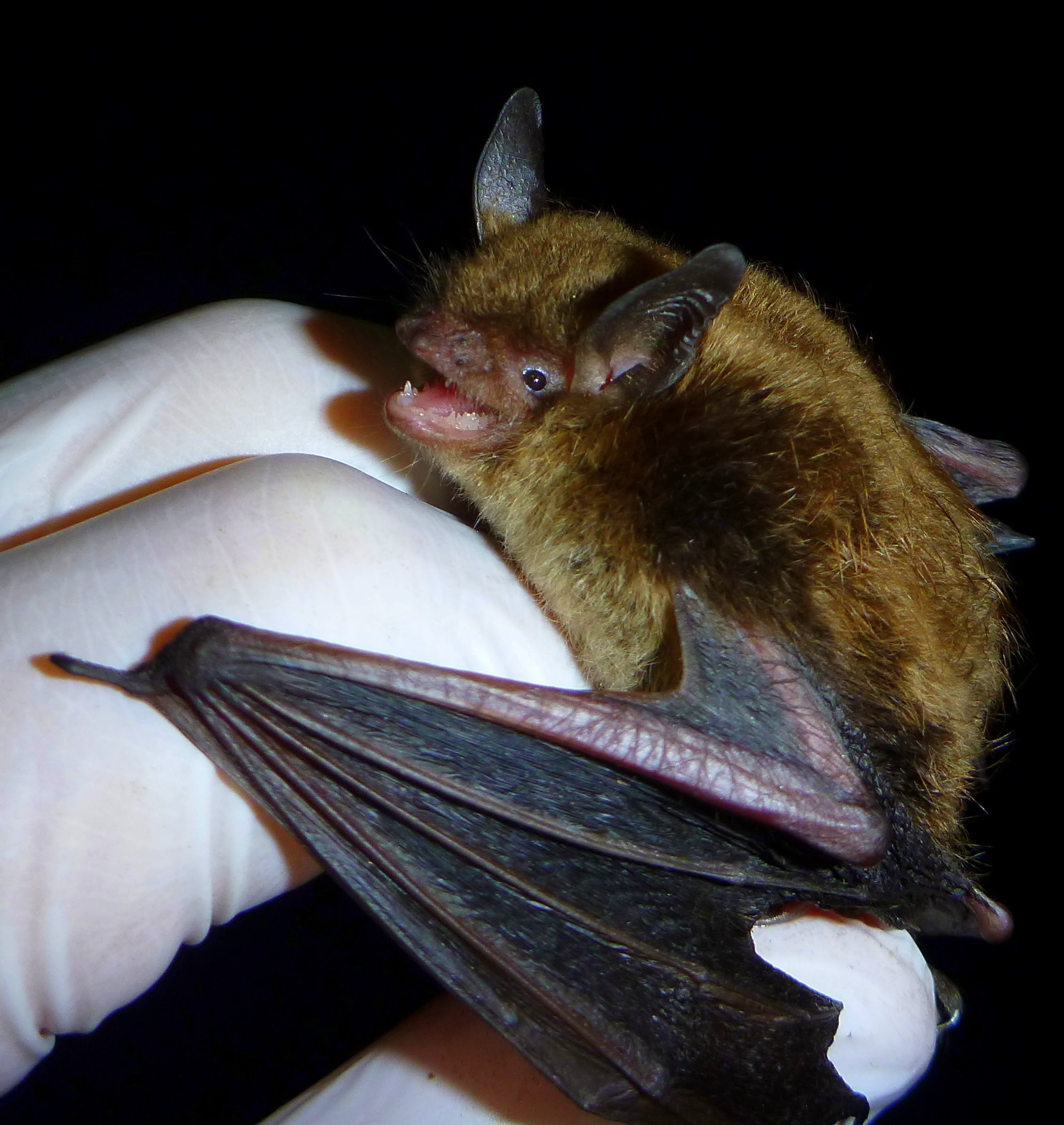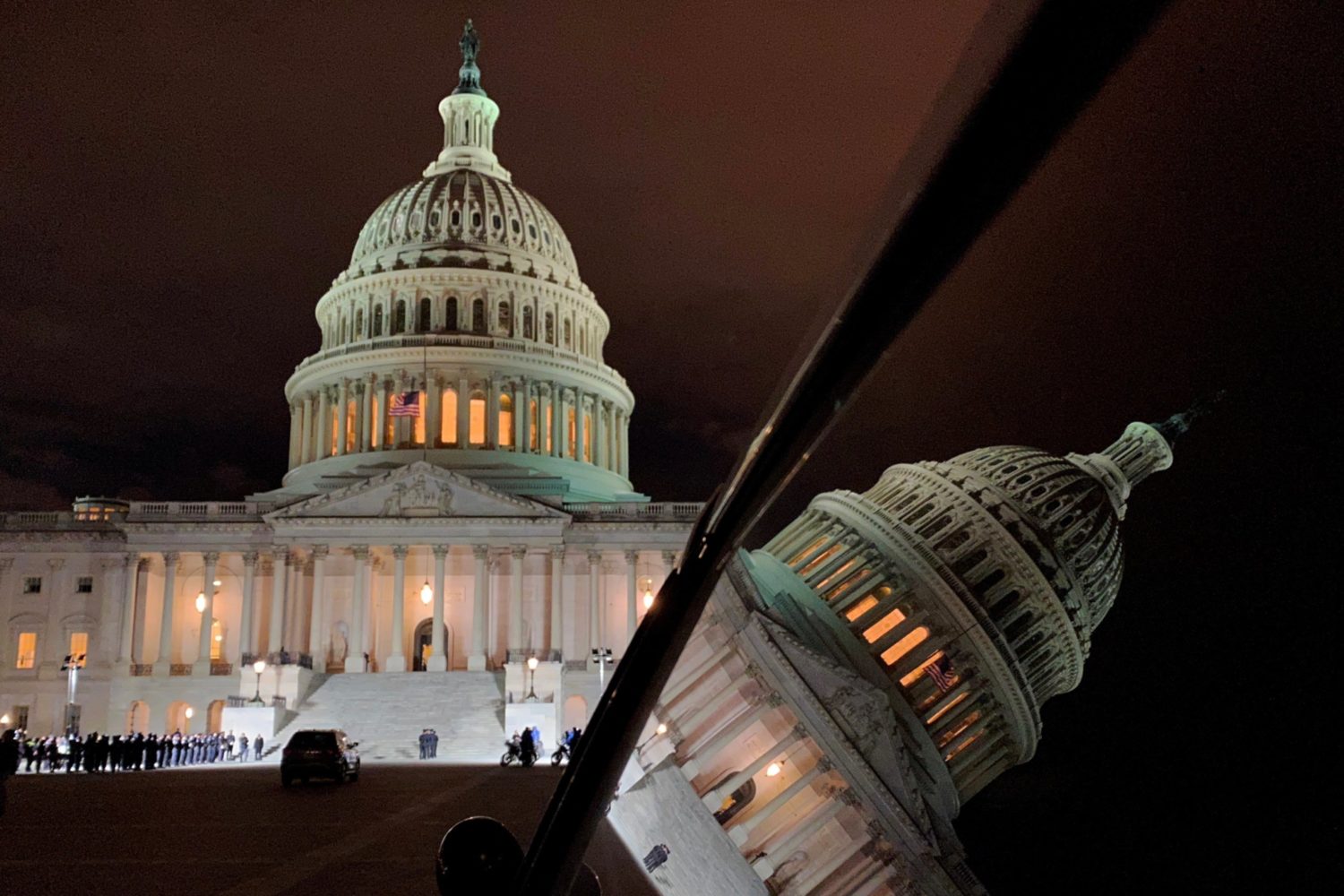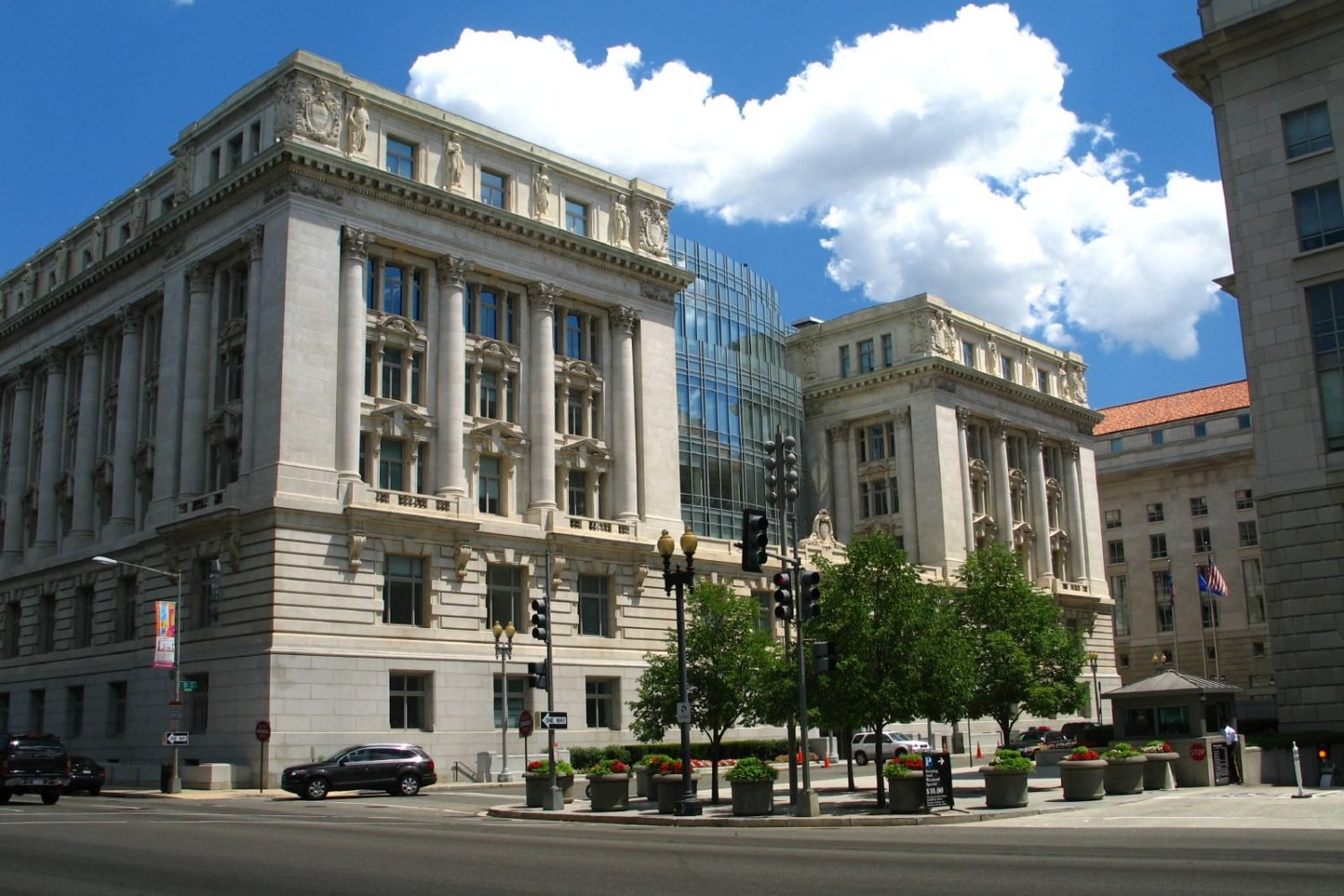DC is getting closer to naming an official state mammal: the Little Brown Bat. We know you have burning questions about this selection—here’s what you need to know.
1. They’re endangered
The local population of Little Brown Bats (Myotis lucifugus) has been decimated in recent years due to a pernicious fungal disease called white-nose syndrome, which is one of the main reasons why local Girl Scouts pitched the official mammal designation to the DC Council last year. Hoping to bring attention to conservation efforts in the area, the Girl Scouts troupe lobbied for recognizing the unsung tiny brown bat. Yet, these fuzzy bats actually haven’t been seen in the District since 2004, which could lead to a slight change in direction: In a January hearing on the legislation, the determined Girl Scouts group conceded that since the little brown bats are essentially extinct in the area, it would make more sense for DC to adopt the closely named—although not closely related—Big Brown Bat (Eptesicus fuscus). The latter species has been more resistant to the deadly fungus and is a pretty common bat to find around the country.

2. They’re misunderstood
Of course, some of you might be wondering why DC should proudly promote toothy flying beasts who have a reputation for sucking blood. (Or, others might think it’s on brand…). But brown bats aren’t blood-suckers, and they’re far more interested in eating insects that humans find annoying, like mosquitoes. Plus, a description of little brown bats’ mating habits shows they might be more like (single) Washingtonians than you think: “Mating is random and promiscuous,” reads a profile of the species on the National Wildlife Federation’s website. “Both males and females mate with more than one partner.”
You might think they’re creepy or scary but how could you not want to vibe with one of these groovy goths?
3. You could see them around town, but they also might try to move into your attic
There are eight species of bats that live in and around the District, many in caves or trees around town, although they have been known to make homes in buildings and bridges as they navigate losing their habitats. DC’s Department of Energy & Environment actually has a lot of resources about how Washingtonians can (and do) manage bats all around us. Basically, it’s not uncommon for bats to accidentally wind up in your house. Since they live in colonies, it could be that you have a cozy attic that they’d find particularly attractive and they could try to create a “maternity colony” during the summertime, which is basically a baby bat daycare. You don’t want this.
4. But you could encourage them to hang out in your neighborhood
For those of you who are ready to get on the bat-wagon, DC also has ways of encouraging the bug-eaters to live nearby. You can actually buy or create your own bat box, which is like a bird house but for their less-colorful flying friends. The boxes are like “organic pest control” according to DC’s DOEE.
5. DC’s not the first to go batty
Virginia was actually the first area state to praise the winged mammals. They named the Virginia Big-eared bat as the official state bat in 2005. Maryland’s official state animals include thoroughbred horses, cats, and dogs (snooze).

















